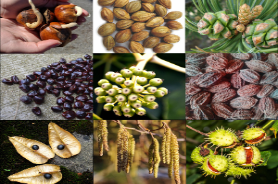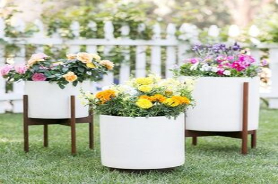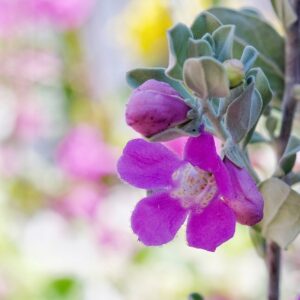Common Hibiscus (Hibiscus rosa-sinensis):
Hibiscus rosa-sinensis, commonly known as the Chinese hibiscus or rose mallow, is a popular flowering shrub belonging to the Malvaceae family. It is native to East Asia, particularly China, and has been cultivated and naturalized in various tropical and subtropical regions around the world.
Appearance: The Viceroy hibiscus is likely to share some similarities with the common hibiscus in terms of general appearance. The plant is evergreen in tropical and subtropical climates, but it may lose its leaves in colder regions. It typically grows to a height of 6 to 15 feet (1.8 to 4.6 meters) with a spread of 3 to 10 feet (0.9 to 3 meters). The leaves are glossy, dark green, and have an ovate or lanceolate shape with serrated edges.
Flowers: Hibiscus rosa-sinensis is best known for its large, showy, and trumpet-shaped flowers, which come in a wide range of colors, including red, pink, orange, yellow, white, and various combinations. The flowers often have a prominent central stamen and are usually 3 to 6 inches (7.6 to 15.2 centimeters) in diameter. They bloom throughout the year in tropical regions but may be seasonal in cooler climates.
Cultural Significance: Hibiscus rosa-sinensis holds cultural significance in various countries and is the national flower of Malaysia. In many places, the flowers are used in traditional medicine, cosmetics, and even for making hibiscus tea, which is known for its potential health benefits.
Growing Conditions: The Viceroy hibiscus, like other hibiscus varieties, prefers full sun and well-drained, slightly acidic to neutral soil. It can tolerate a wide range of soil types, including sandy or clayey soils. Regular watering is essential, especially during hot and dry periods, but the plant should not be allowed to sit in waterlogged soil. Hibiscus is sensitive to frost, and in colder climates, it is best grown in containers and brought indoors during the winter.
Pruning and Maintenance: Hibiscus benefits from regular pruning to maintain its shape and encourage bushier growth. Pruning should be done in the early spring before new growth begins. Deadheading spent flowers can also promote continued blooming.
Pests and Diseases: Hibiscus can be susceptible to pests like aphids, mealybugs, and whiteflies, as well as diseases like powdery mildew and leaf spot. Regular inspection and appropriate treatment, if necessary, can help keep the plant healthy.













Reviews
There are no reviews yet.